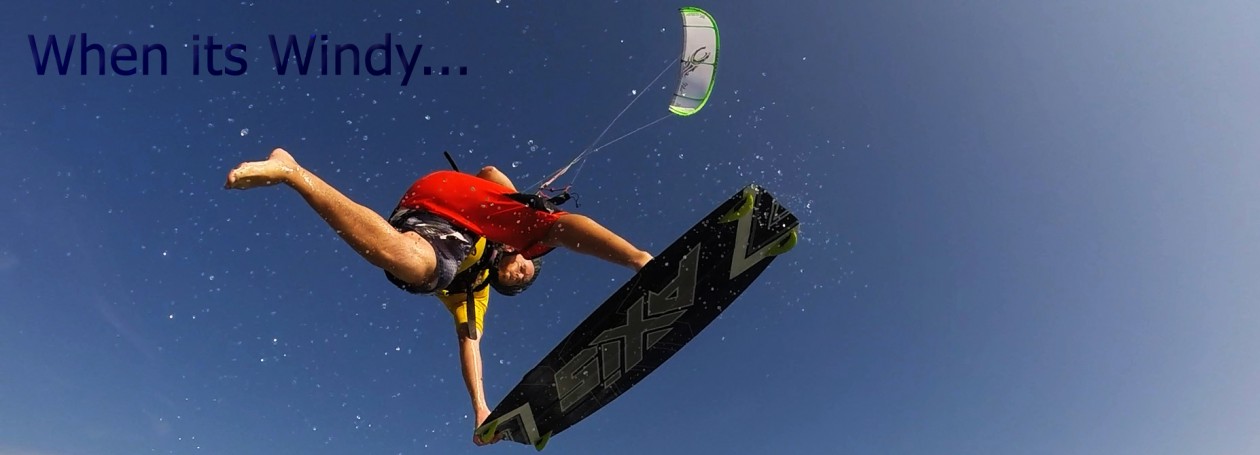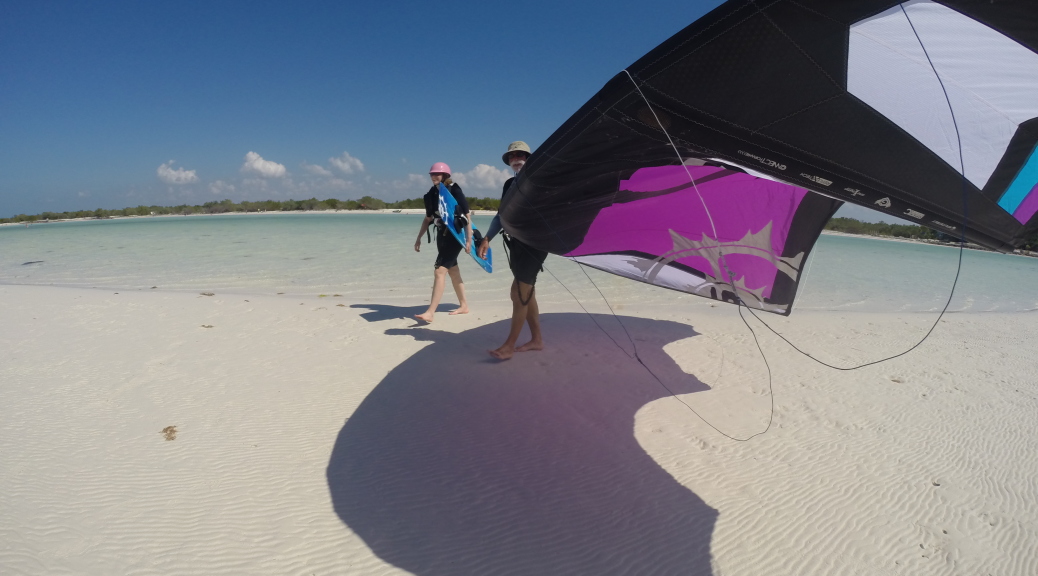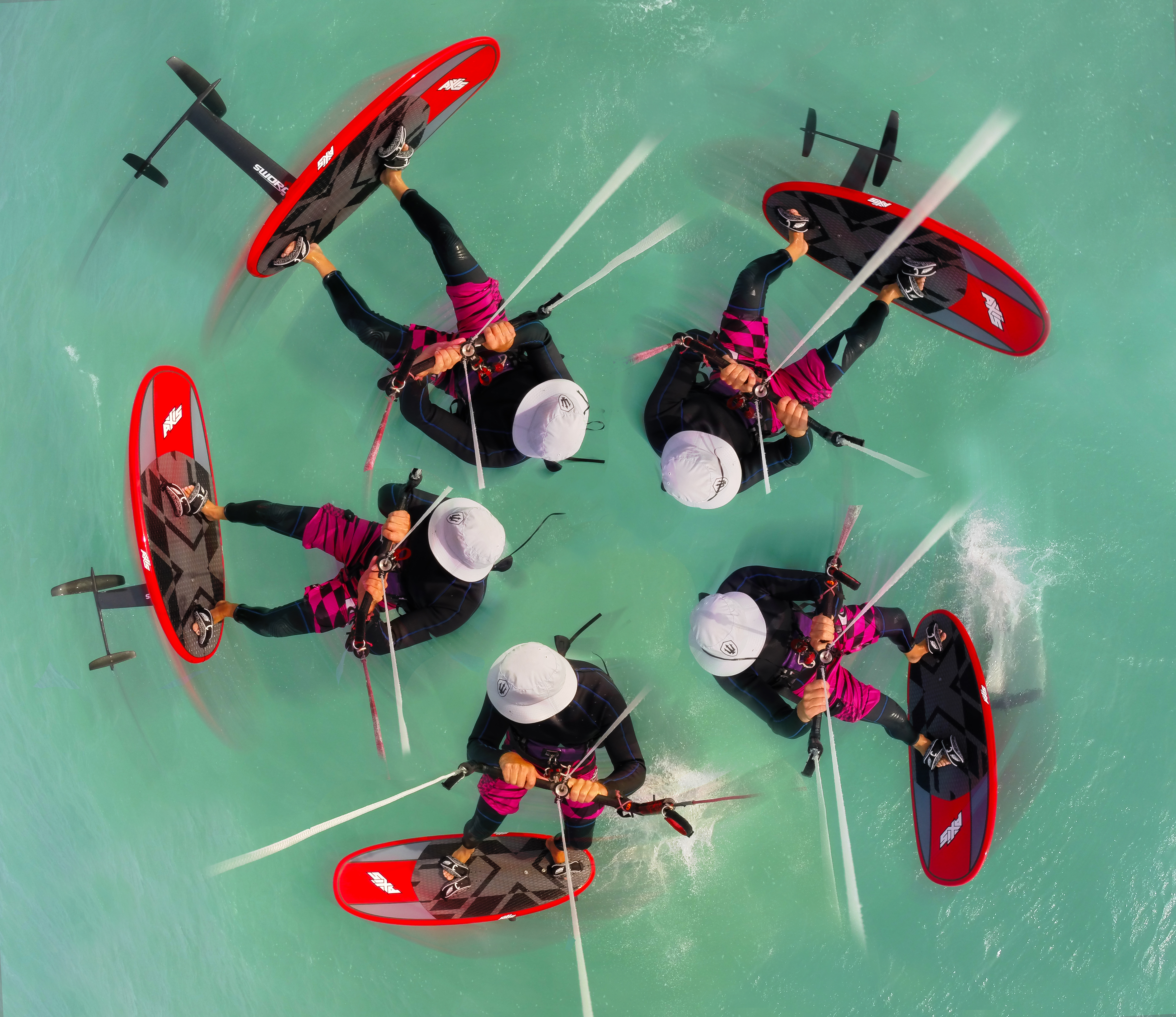How to : Learn to Kite
So you want to learn to kite?
Good choice! Most people will be able to take part in some form of kitesport. Provided the body is willing and the mind is somewhat determined.
Do I need previous experience with kites, wakeboarding, paragliding, sailing or windsurfing?
The simple answer to this one is no. However experience with any of the above and many other sports can help things progress a little faster as some skills sets are shared.

Am I too young or too old to learn to kite?
You might be surprised but you are probably not! Kite sports can be suitable for children as young as 6-8 years of age, all the way up to older kids that might even be retired. My girlfriend Cathy’s oldest student to date is 82 and mine 74, both of which managed to kitesurf during lessons and have continued to do so independently afterwards. For kids from 6 to 12 we can start with some basic powerkiting and work from there dependant on size and maturity. 12 and up we can start looking at any of the kite sports including Buggy, Landboard, Kitesurf or Snowkiting.
Do I need to be very strong?
No, you just need to use the right size kite for the wind conditions and your bodyweight. Also once your learn to use a harness the power of the kite will go through the harness and not through your arms. Actually controlling the kite can be very sensitive and requires a gentle touch.
Which sport is for me?
Powerkiting is the best and easiest one to start with as it will develop many of the basic skills needed for any of the other more advanced sports. It doesn’t take long before you can tame the wind and experience its power. Also great if you have no access to large expanses of windswept water sand or snow. A couple of exposed football fields are often all the space you need.
Kite Landboarding / Buggying are both adrenalin fuelled alternatives to kitesurfing for those who don’t wish to get their feet wet. Speed freak, freestyler, cruiser or racer this sport will work for you. Pads and Helmets are a must though as the ground is much harder than your body. Landlocked kiters love this sport but it truly comes to life on a huge hard sandy beach with clean onshore breezes.
Snowkite (kite-ski or kite-snowboard) If your lakes are frozen and the fields are covered in snow and you like to try something a little different, give this a try. Learn to blast around on the flats then even progress to climbing hills… Yes that’s right you can eventually ski or snowboard uphill!!!! Who needs a chairlift?
Kitesurf If you want to head out onto the water, carve some waves, pop some wakestyle tricks, boost huge air with massive hangtime or just cruise around this will be your choice. Kitesurfing is possible in an immense number of locations worldwide and the equipment is quite small, giving you the freedom to travel to exotic islands with turquoise waters or just do it down your local spot with your friends.
Better still give them all a try, the number of combinations of kites and different boards/skis/buggies/surfaces will keep you interested for years to come.
Avoiding the Dreaded Kitemare!
One problem that needs to be considered is that flying powerful kites can be potentially dangerous if done incorrectly, in the wrong environment or in the wrong weather conditions. However the same can be said of driving a car or going skiing.
I’m sure you’ve heard stories of people being dragged up the beach, out of control behind a huge kite. These fairly rare events we call “Kitemares”. Usually they can be avoided given the correct skills and knowledge. So whether it is kitesurfing, buggying, landboarding, snowkiting or even powerkiting that you would like to try, I would strongly advise getting started with some lessons from a qualified, experienced and friendly instructor.
There are several organisations around the world that certify both instructors and kiteboarders. Below are listed a few of the larger organisations.
What should I expect from my course of lessons?
The biggest advantage of taking lessons is that it will give you a solid, safe and enjoyable introduction into the sport. The aim is usually to help you achieve a level of independence as a kiter so that you can practice safely without an instructor. This can be achieved in as little as 1-2 hours for someone only wanting to powerkite or up to 12 or more hours for someone wishing to learn how to kitesurf or snowkite.
Included in your lessons you should expect to have all kite equipment and safety equipment provided. This should include helmet, harness with handle and line cutter for all flying activities and a buoyancy aid for any water based activities. If the water is cold then a wetsuit should also be used.
Your instructor should be a trained first aider, have immediate access to first aid supplies and a means to contact the emergency services in case of accident.
Part of the lesson will be theory based. This can be done when there is not enough or too much wind. The rest would usually be practical for example setting up and flying the kite and will need some wind – Minimum of 6 knots wind speed for basic powerkiting and between 10 and 25 knots for kitesurfing.
Top 10 Things to remember from your Power Kite lessons.
- How to choose a safe kite spot
- How to check if the wind and weather are suitable for Kiting
- How to rig your kite safely
- To check your safety system works every session
- To check your equipment for any signs of damage or wear and tear before flight
- How to launch and land safely with an assistant
- Where the areas of high and low power are in the wind window
- To maintain a safe distance of at least twice the line length upwind from any obstacles, people or animals.
- Respect kite spot and abide by any safety restrictions applicable to kites
- Carry and know how to use a line cutting safety knife.
Private lessons or group lessons?
It depends on how you like to learn and your budget.
Private lessons are usually more expensive per person per hour than group lessons where the costs are shared.
Private lessons will give you more time flying the kite, this can be an advantage if you don’t tire easily or don’t like to share. They can sometimes be a little intense so make sure the instructor knows if you need a break.
Group Lessons, will give you an opportunity to watch, rest and learn from the instructor whilst the other student is flying the kite. You will see their mistakes and share their successes which can often help with learning and is also reassuring as you are not alone. Big groups should be avoided. Two students is my favourite group size, any bigger and the instructor to student time drops. 4:1 is the biggest recommended group and is the maximum for some organisations like IKO
Coming soon – Kiteboarders survival guide & Top 10 things to remember from your kiteboarding lessons
Cathy and Jonny are both IKO qualified instructors .
Jonny has achieved Level 2 Senior Instructor Status and Cathy has Level 2.
If you require any kiteboarding, powerkiting or landboarding lessons contact us and we should be able to hook you up either with ourselves or other good instructors that we know.
Email: jonny@whenitswindy.com


